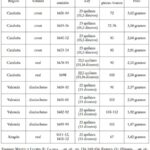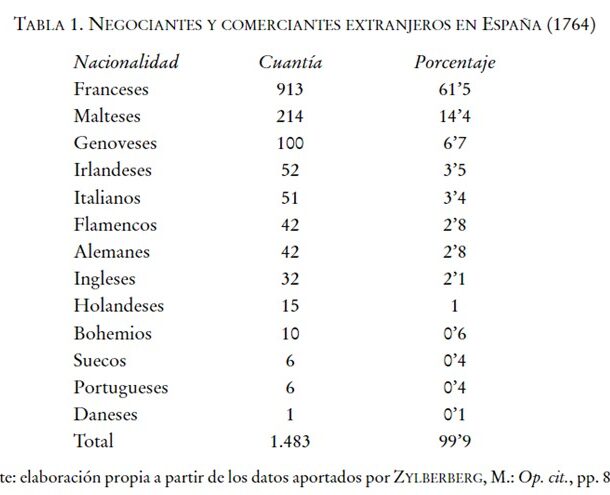
For the Crown of Aragon, made up of the kingdoms of Aragon, Valencia and the principality of Catalonia, the issue of silver coins was one of the main concerns of the monetary economy. If during the 16th century the weight of the Valencian dieciocheno had to be reduced so as not to exceed its legal tender value and thus avoid its export, the 17th century saw similar measures for the Catalan “croat” and real and the Valencian dieciocheno itself. In the first case, the 3.12 grams that the croat had weighed since 1493 was reduced in 1619 to 3.04 grams, reaching 2.81 grams in 1653. The Catalan real fell from 2.5 grams to 2.04 between 1674 and 1698. For its part, the Valencian silver coin ended the century at 1.87 grams, almost half the 3 grams it weighed in 1480. However, the Aragonese real remained at a fixed weight of 3.42 for more than a century: from 1519 to 1652. All these adjustments were carried out as reforms aimed at readjusting the silver to the fleece.
Collection: Statistics
Project: 2. Social and economic impact of technological revolutions in Europe., 3. Rural world and urban world in the formation of the European identity.
Chronology: XVII
Scope: Secondary Education, Baccalaureate, University
Link: https://revistas.usal.es/index.php/Studia_Historica/article/view/9114/9352
Resource type: Statistics
Format: Table
Source: Mateos Royo, J. A. (2011). "Política estatal y circulación monetaria en la Corona de Aragón durante el siglo XVII: la depreciación de la moneda de plata", en Studia Historica, vol. 33, p. 214.
Language: Spanish
Date: 2011
Owner: Pablo Ballesta Fernández (Modernalia)
Copyright: ©Studia Historica ©José Antonio Mateos Royo
Abstract: Table showing the evolution of silver coin issues in the Aragonese crown, as well as the variables that were specific to them and altered them according to monetary policy: weight and nominal value
Image
Tags






